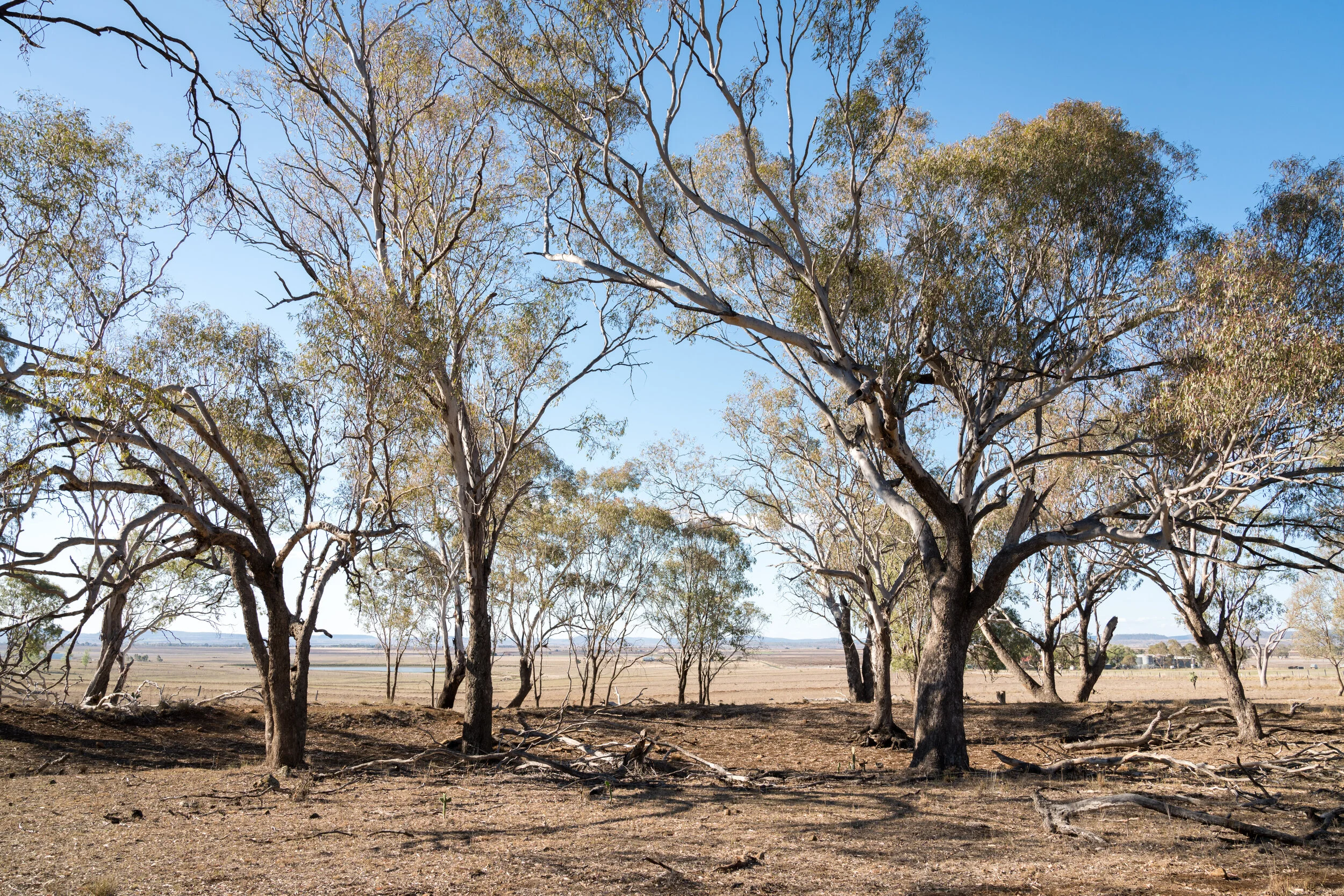The Need
Extreme tree die offs have been documented on all continents, except Antarctica. For example, the sacred Hawaiian Ohi’a tree, a flowering evergreen that covers 80% of the state’s canopy, that sustains birds and insects found nowhere else in the world, are being wiped out by a dangerous fungus. In Canada, mountain pine beetles are literally eating through entire forests. In 2015 alone, beetles felled over 730 million cubic meters of pine trees in British Columbia. Eucalyptus trees in Australia are also in severe decline from cutting for agricultural purposes, pathogens, fire, and pollution. It is estimated that globally these trees have declined by no less than 30%.
Trees today face a veritable soup of hazards. Entire forests in several states and across the globe are being killed off from drought, heat, and insect infestations. Bark beetles, which used to be controlled in the past by freezing weather and healthy trees able to flush these bugs out of their system with sap flows, are now on a rampage. With the warming climate, winters are warmer and milder, with less snow. In the spring there is now less rain.
In extreme heat, even rain does little good to moisturize the soil. Just as damp soil in a hot oven dries out quickly, so does rain; it just evaporates away. Then there is simply not enough soil moisture left to support the roots of plants. Besides, ten times the number of trees are being consumed by fire than just ten years ago. Trees cannot handle the increased heat and unusual precipitation patterns global warming brings. In contrast, pests that harm trees, like the pine beetle, seem to thrive in the Earth’s warmer, unnatural condition.
Our Mission
Protect and restore forest ecosystems and the species that depend upon them & assist property owners in fire prevention and avoidance.



